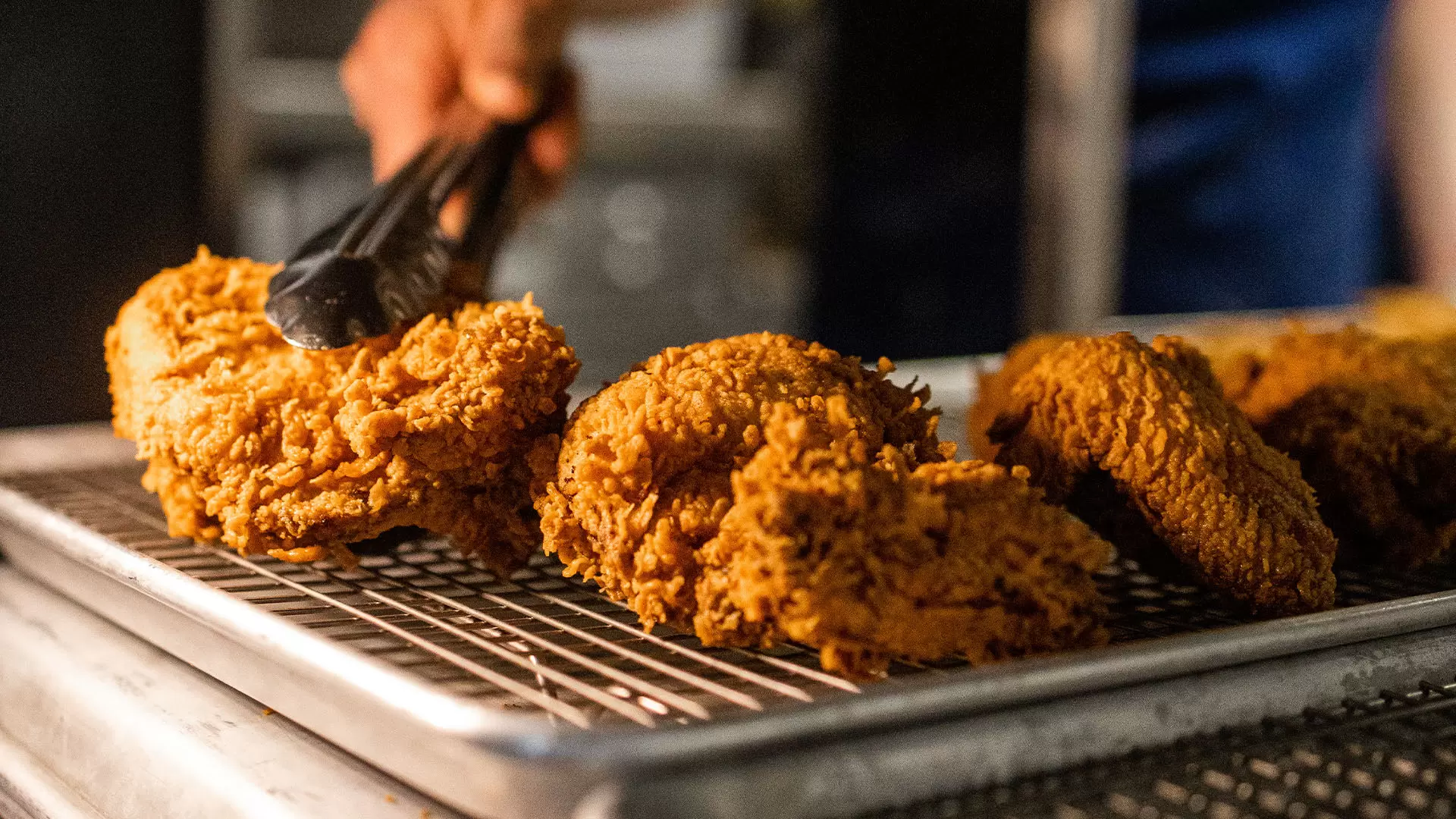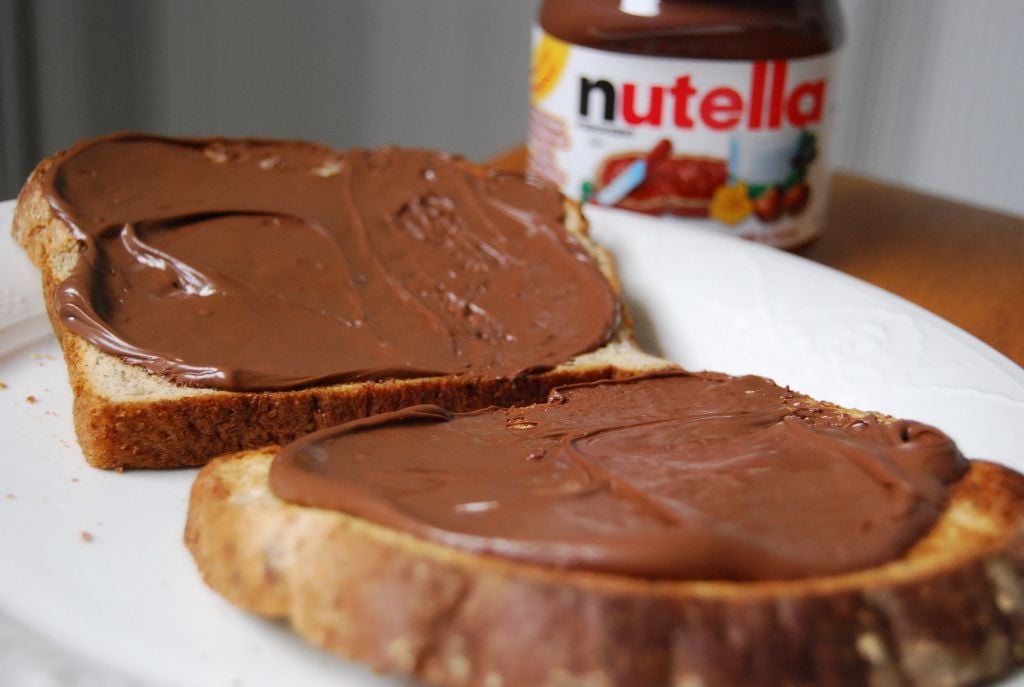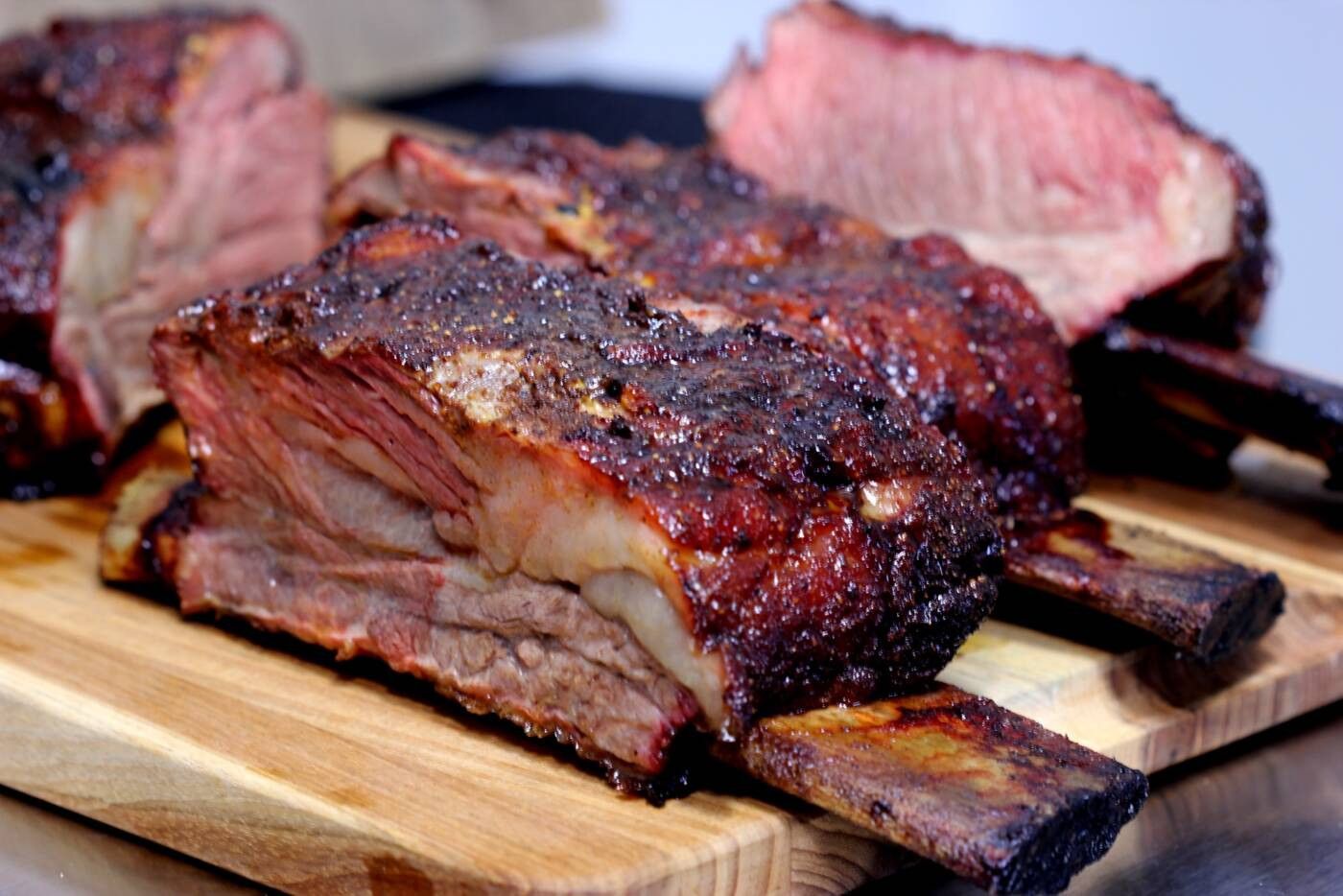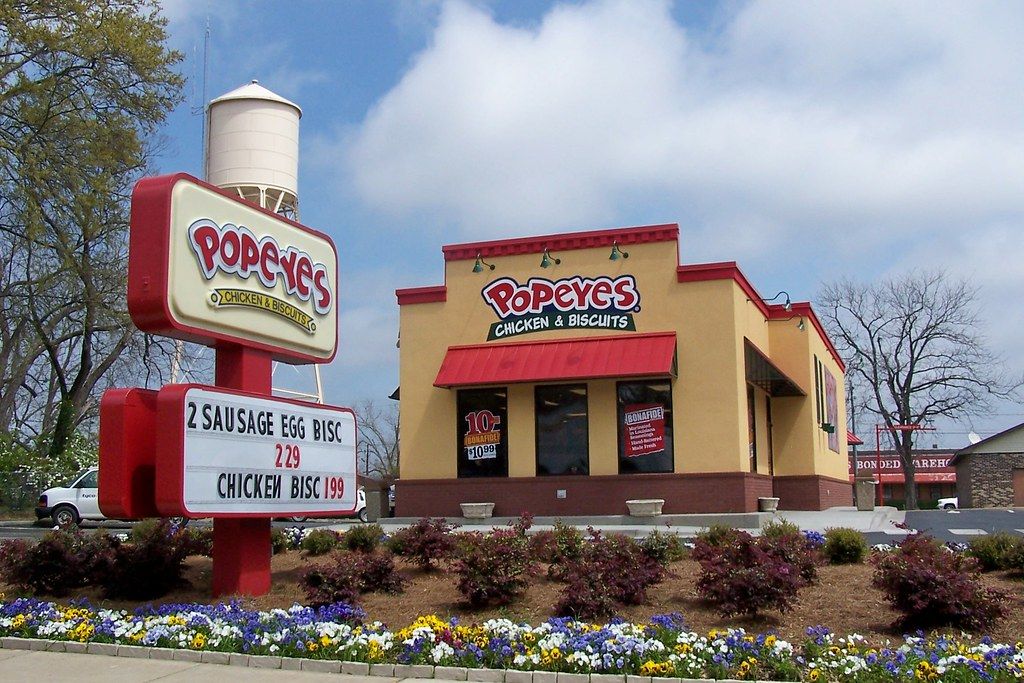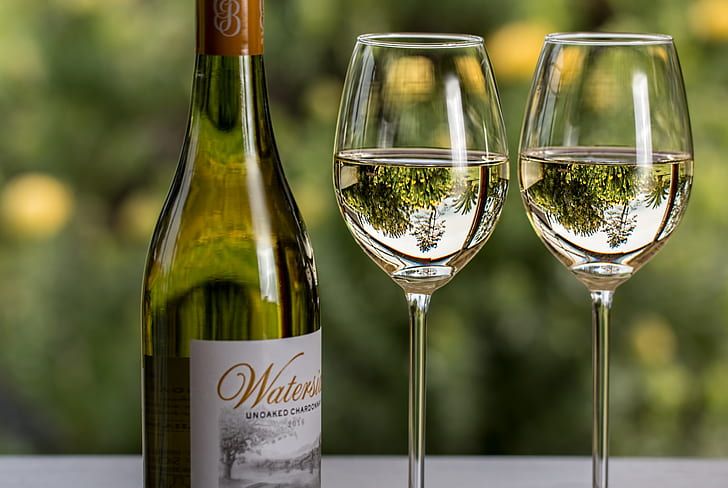
Deciphering Wine Decisions: Bottle or Glass?
- Aug 11, 2025
At restaurants across the globe, the familiar words, “If we’re all going to have a glass, we might as well get a bottle,” echo through the air. Nonetheless, to propose acquiring a whole bottle often feels demanding and slightly uncomfortable.
A host of components influence our decisions between a single glass and a full bottle, one of which could be the want for flexibility. According to Michael Echeveste, enterprise beverage and training director at Thompson Restaurants, ordering by the glass grants patrons a sense of autonomy and control, while selecting a full bottle involves trust and commitment, an option not all consumers prefer.
Price sensibility and specific bottle availability might also influence the decision-making process of guests. It is important, however, that regardless of the path chosen, it ultimately leads to an enjoyable wine experience.
Several sommeliers and wine experts shed light on advice to consider when deciding between a bottle or glass dependent on the size of your party and individual preferences, extrapolated from actual consumer information.
The dilemma of opting for a bottle or a glass is especially prominent among duos compared to larger parties. This could be attributed to factors such as the perception of a bottle being more than required, different wine preferences between the pair, or even a financial drive where two glasses might be cheaper than the lowest priced bottle at the joint.
Surveying multiple sommeliers and beverage directors indicated that less than half of pairs opt for a bottle of wine - a trend noticed regardless of the nature of the restaurant, be it casual or premium. However, Jon Elliot, beverage director at Yingtao in New York City, stresses that there is an uptick in these numbers whenever there's a celebration or when more wine-inclined people are dining.
Interestingly, it might be more cost-effective to get a bottle if you and your partner are both considering more than one glass of wine. Often, the price of a single glass comes close to the wholesale price of an entire bottle - thereby marking up the cost of a glass significantly more than a bottle.
In the case of larger gatherings, choosing a bottle is a unanimous consensus. With typical bottles yielding four to five glasses of wine, the question arises: should you get two bottles for a larger group?
For a group of four, Jahdea Gildin, beverage director at Luthun in New York City, would advise getting two bottles. But others, like Thomas Villani, master mixologist and visionary beverage director at the Thompson Savannah, suggest a more conservative approach, recommending two bottles for a party of six.
Ordering two different bottles at the outset ensures everyone gets more than a glass and adds variety to the experience.
An enticing aspect of ordering a bottle is the opportunity to experiment with something new or more exclusive. Many restaurants extensively curate their bottle lists, including ones that might not be available elsewhere in the country, according to Jessica Salyer, wine director at Cúrate in Asheville, North Carolina.
There is also the convenience of being able to take home any remaining wine if you are unable to finish the bottle at the restaurant, points out Salyer. Known as “cork and carry laws,” certain states, including Connecticut, Texas, Iowa, and Massachusetts, allow patrons to reseal their wine bottles and bring them home.
As Echeveste notably declares, making such a professional decision of ordering a bottle to go with your entrée and taking any leftovers home is a move he deeply encourages. However, it is crucial to verify the restaurant's policy about this beforehand, he adds.

